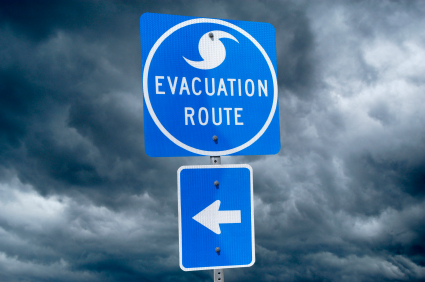Desensitization or Treatment? For both the patient and their dog
By Ciara Gavin
The latest research into food allergy cures have shown desensitization therapies to be very promising- exposing the highly allergic patient to such tiny levels of the offending food that the body does not experience the typical over reaction. Then, very slowly increasing these levels until the patient’s body can tolerate higher and higher levels. This process is very methodical, very gradual, and often very effective. It requires many repetitions, complete consistency, and patience to achieve successful results. It is not yet considered a treatment though. In order to be effective, the person must make a daily habit of consuming the allergen. If they stop for any period of time, they risk the chance of relapse into an anaphylactic response the next time they consume it. It is not a treatment or a cure, per se, but it can be a very effective method of controlling it. And that’s what life is so often about, isn’t it? It’s not about fixing the problem; it’s about managing it successfully. Whether it’s a disease or a personality trait, figuring out how to cope with what life throws our way is often the best we can hope for.
This same desensitization procedure is used in dog training to reduce an animal’s over-reaction to a perceived stressful situation. For many dogs, loud noises, crowds, street traffic, the presence of other dogs or specific places can trigger these heightened, usually fearful, reactions. Again, this is not a treatment exactly, but it can be a useful tool in keeping the over-reactions under control.
Consider the following example: Lucy, a medium sized dog, a very friendly and playful dog who loves people and affection shows the classic signs of fear when introduced to loud or crowded spaces, as noted especially during basketball practice at the high school gym. She tucks her tail between her legs, lowers her body, drops her head and pulls her ears slightly back. Her body sometimes shakes, and she is very reluctant to enter they gym, pulling back and away as she tries to slip out of her collar.
To use desensitization techniques, Lucy’s owner would need to evaluate how she is reacting by observing her body language and note at what point she goes from being the normal, calm, playful Lucy into the scared and trembling Lucy. Is it only when they enter into the gym or is it when she first sees the high school? At the very first sign of fear, Lucy’s owner knows they have just crossed her threshold- the level of stimulus she can handle without over-reacting.
Identifying the threshold is the first step. Lucy’s owner will work to increase how close to the basketball practice they can get without showing any signs of fear. If today they can get to the front door of the school without fear, then tomorrow they will try to open the door, and the next day take two steps inside. Each of these training days ends without Lucy encountering the feared basketball practice. She is learning that she can go inside the school without being afraid. The goal of these training sessions is to slowly build tolerance to the stressful situation and decrease the dog’s over-reaction. The steps should be very small and training very consistent. Each session should end on a positive note. The length of training will be determined by the severity of the problem. The longer the journey, the more steps it takes.

When a thunderstorm comes, many dogs seek shelter and security. In the process they can cause significant damage to themselves or your property. Make sure you keep them in a safe place while they deal with their fear.
A Note on Thunderstorms: This technique has very mixed results when it comes to thunder-phobic dogs, primarily it is assumed because a thunderstorm is composed of so many different components- sight, sound, smell, pressure change, etc. Although the sight and sound of a storm may be recorded and re-played at very low levels, it is impossible to control and replicate the nuances of smell and pressure that may by significant factors in triggering the dog’s fearful reactions. Although this approach may help relieve some of the anxiety, it is unlikely to fix the problem altogether. Some breakthroughs are being made with thunderphobic dogs using compression vests. These vests, most commonly known as Thunder Shirts, are meeting with mixed results. They do seem to be good for some dogs in thunderstorms, for some dogs with generalized anxiety, and if they don’t work there’s a money back guarantee. $39.95 Thundershirt website FAQs